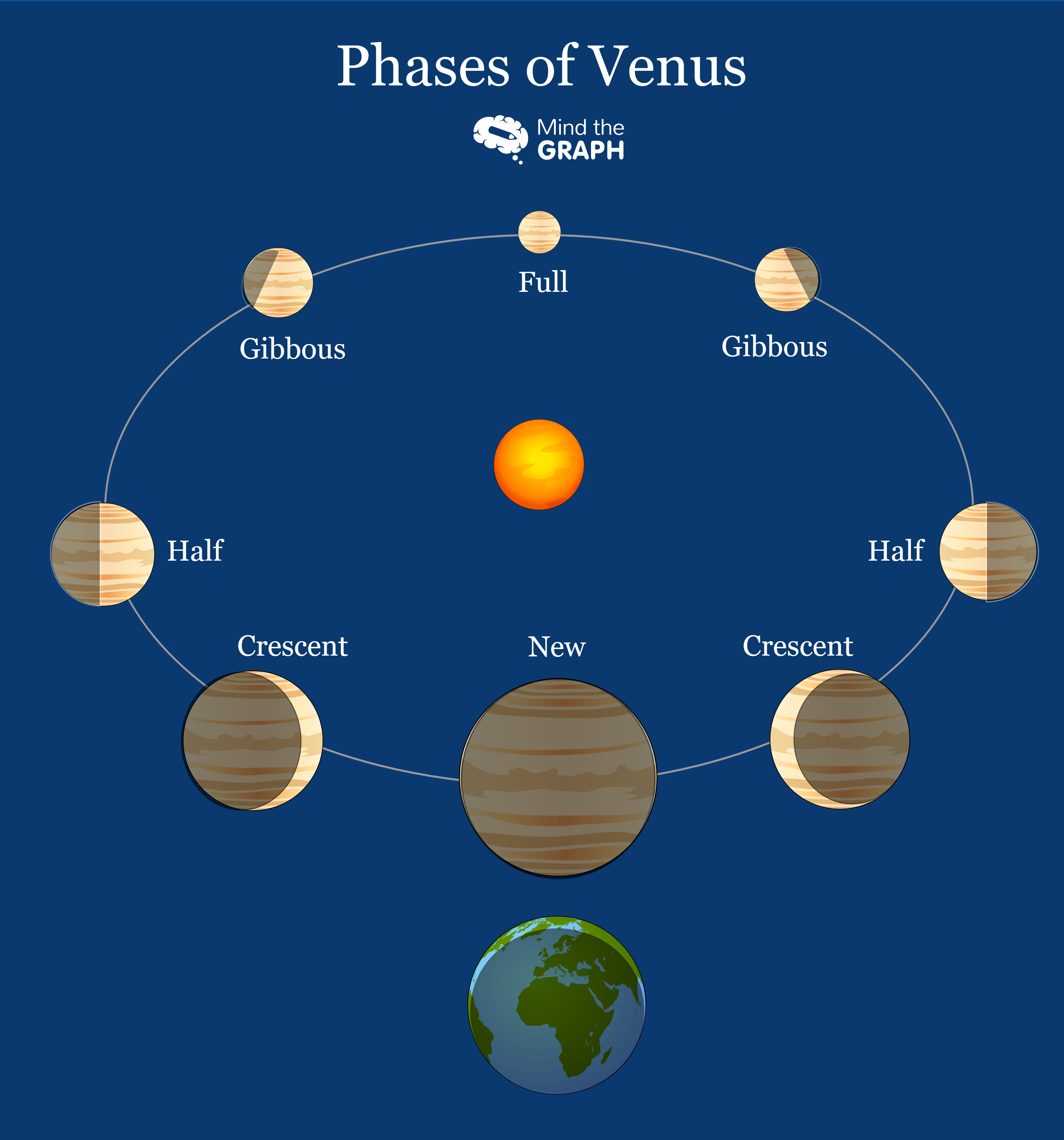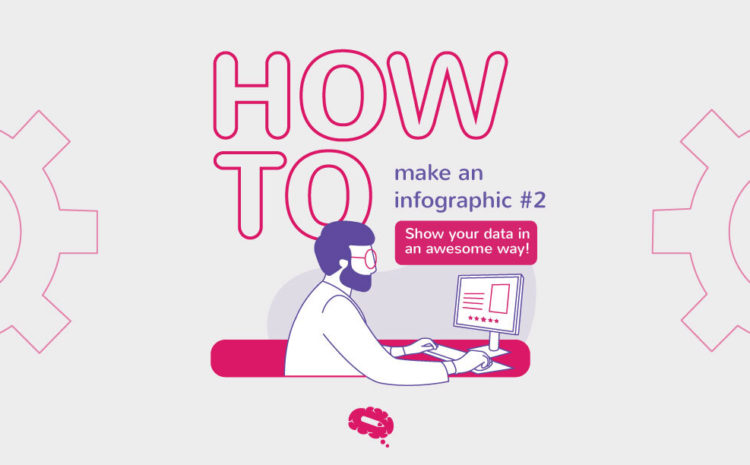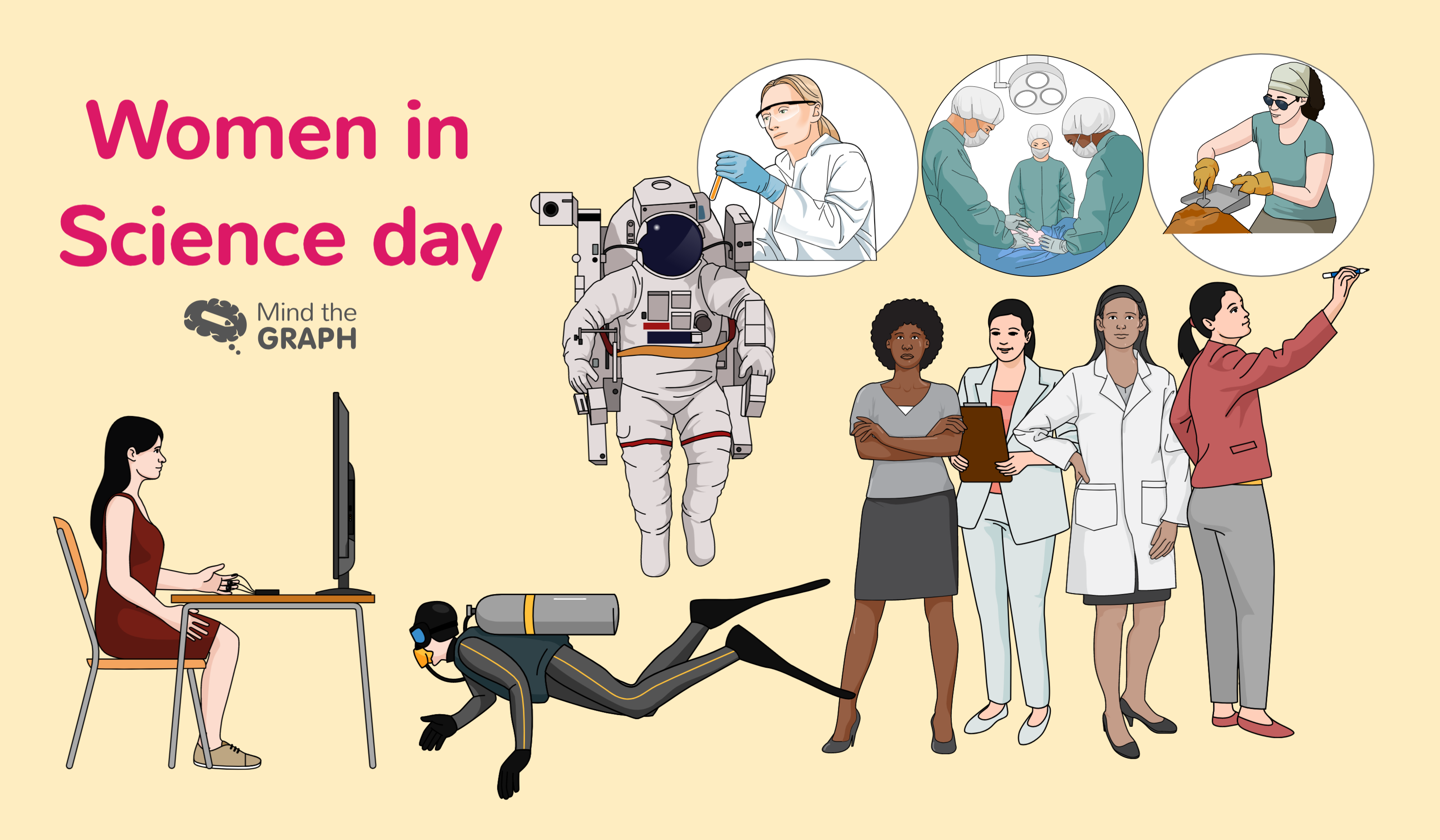Science must to be about curiosity and questions, not dogmas and canned responses. So, teachers need more than teach against the flat Earth theory. We need to teach the scientific method of raising hypothesis, make experimentations to explore observations and answer questions. A physics teacher, Rhett Allain, wrote about how to teach the heliocentric theory, or in other words, how to show that Earth orbits around the sun.
The article was published on Wired1, as Rhett Allain2 describes himself, he “is an Associate Professor of Physics at Southeastern Louisiana University. He enjoys teaching and talking about physics. Sometimes he takes things apart and can’t put them back together.”
“One of the major goals in this course is to help students understand the nature of science. In particular the idea that science is all about building and testing models. Throughout the course, the students collect data and build models of their own, but they also learn about existing scientific models, like the heliocentric (sun-centered) model of the solar system.”
Fighting fake news as Flat Earth and geocentrism teaching the scientific method
03 Ways to show that the Earth orbits the Sun
01. Phases of Venus
What you will need:
- A pair of binoculars
- Some time
- Curiosity
How to do it:
- Find out when the planet Venus is visible from your location. You can find it on Google3. If it’s not up in the sky right now, just wait a few weeks and you should be able to see it again (without having to get up at 4 AM).
- Using the binoculars you should notice someting, isn’t a star and isn’t even circular. This happens because Venus has phases similar to the phases of the moon.
Look this infographic created on Mind the Graph to show the phases of Venus:
But, what does this mean about the geocentric and heliocentric models of the solar system?
The teacher Rhett Allain answers that: “First, let’s recall what causes the phases of the moon. In short, half of the moon is illuminated by the sun. Since we look at the moon from different angles, we only see part of the illuminated half of the moon and this causes the phases. The exact same thing is true for Venus. So, if Venus has a crescent-shaped phases, that means that we are looking at the “back side” of Venus. If Venus has a full phase, we are looking at the “front side.” The only way for this to happen is if Venus orbits the sun.”
02. Moons of Jupiter
What you will need:
- A pair of binoculars
- Some time
- Curiosity
How to do it:
- Take a look at Jupiter (when it’s visible in the sky). You won’t really be able to make out details about the planet Jupiter, but you can see the four big moons. Yes, you can see the moons of Jupiter with binoculars.
Just like the phases of Venus, this doesn’t prove that the geocentric model is wrong. However, it is obvious that these moons are orbiting Jupiter and not the Earth. So, Earth isn’t the center of everything.
03. Retrograde Motion of Mars
What you will need:
- Patience
- Some time
How to do it:
Go outside at night and notice the location of Mars with respect to the background stars. Do this again the next night and you will notice that it is in a different location (with respect to the background stars). In fact, all of the planets do this—that’s how we know they aren’t stars.
However, if you keep tracking the motion of Mars you will notice that it moves to the east—except for some special times. Occasionally Mars will move west for short time before once again moving east. This is called retrograde motion.
But, what does this mean about the geocentric and heliocentric models of the solar system?
Let’s consider the geocentric model with Mars orbiting the Earth. Every night it would move farther to the east. That makes sense. But how do you explain the times when it moves to the west? That’s just crazy.
Look at this model of Mars and Earth orbiting the Sun:
In this model, both the Earth and Mars orbit a sun—please realize that this model is not to scale. This means that the angular velocity for the planets decreases with orbital distance. The Earth orbits “faster” than Mars. It is this region in which the Earth overtakes Mars that we get retrograde motion. Using a heliocentric model makes for a simple explanation of the retrograde motion of Mars.
These experiments show how the Earth orbits the Sun in a sphere shape. However, as the Rhett Allain wrote, “wouldn’t we fly off a spinning Earth? Wouldn’t birds have trouble flying to keep up with the Earth? In fact, it just doesn’t feel like the Earth is moving. The geocentric model of the solar system is completely reasonable until you start to collect better data. Or, to say this with respect to the Nature of Science: Some models are pretty good until you collect more data that says they aren’t good. That is the way science works.”
Visual Science against pseudoscience like the Flat Earth
These experiments above are much more easier to understand showing visual models and infographics. Science needs to be visual to reach more people.
I created the infographic of Venus phases using Mind the Graph. If you liked it and want to create one for your research too, you can try Mind the Graph.

Subscribe to our newsletter
Exclusive high quality content about effective visual
communication in science.






